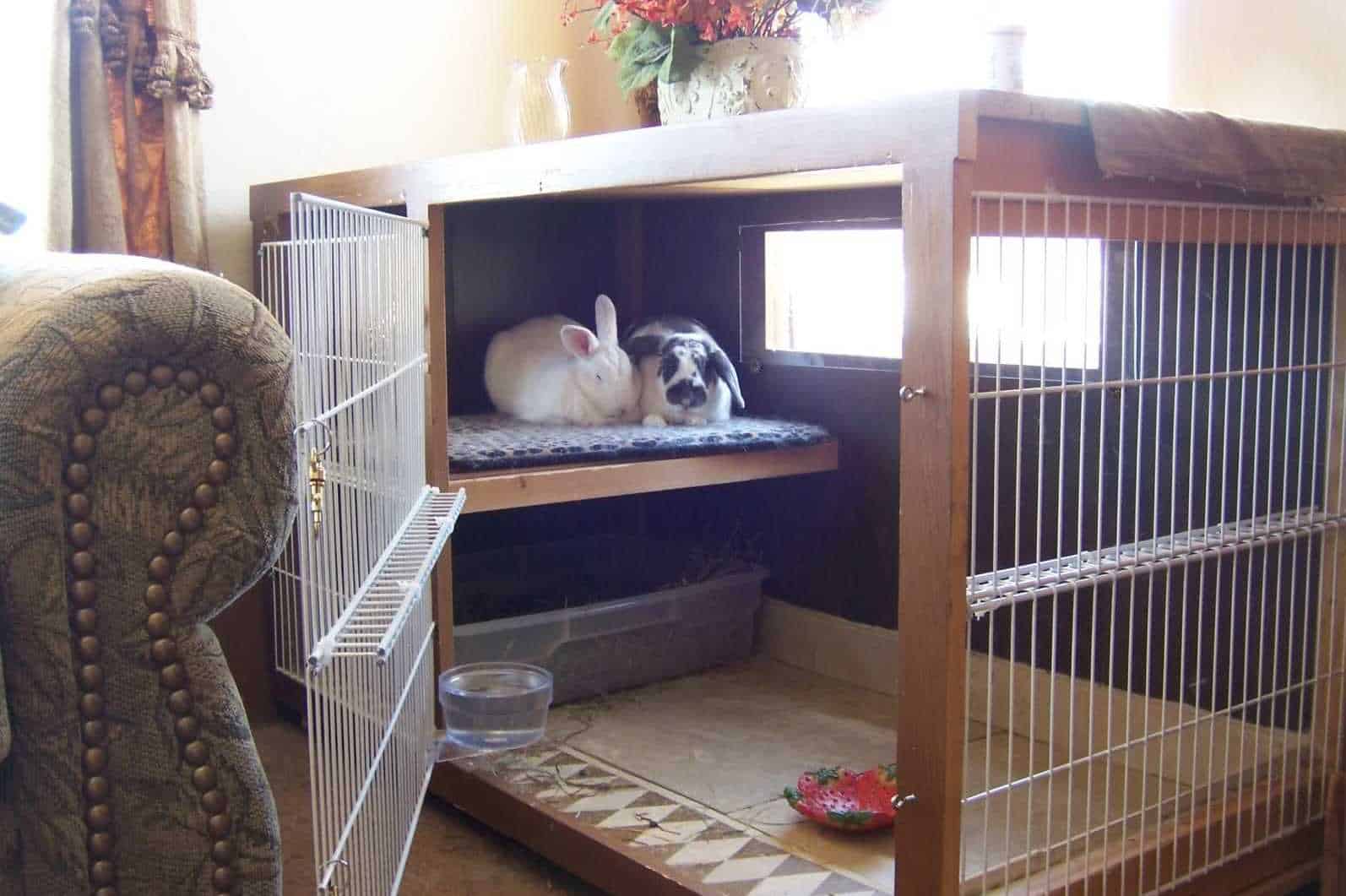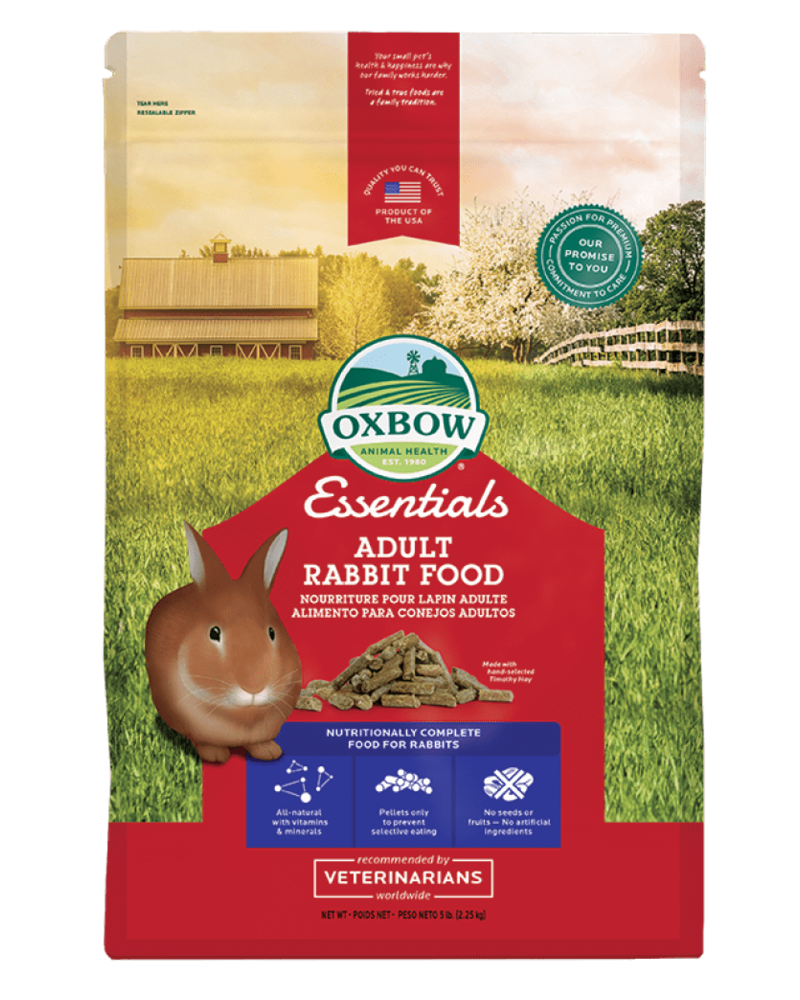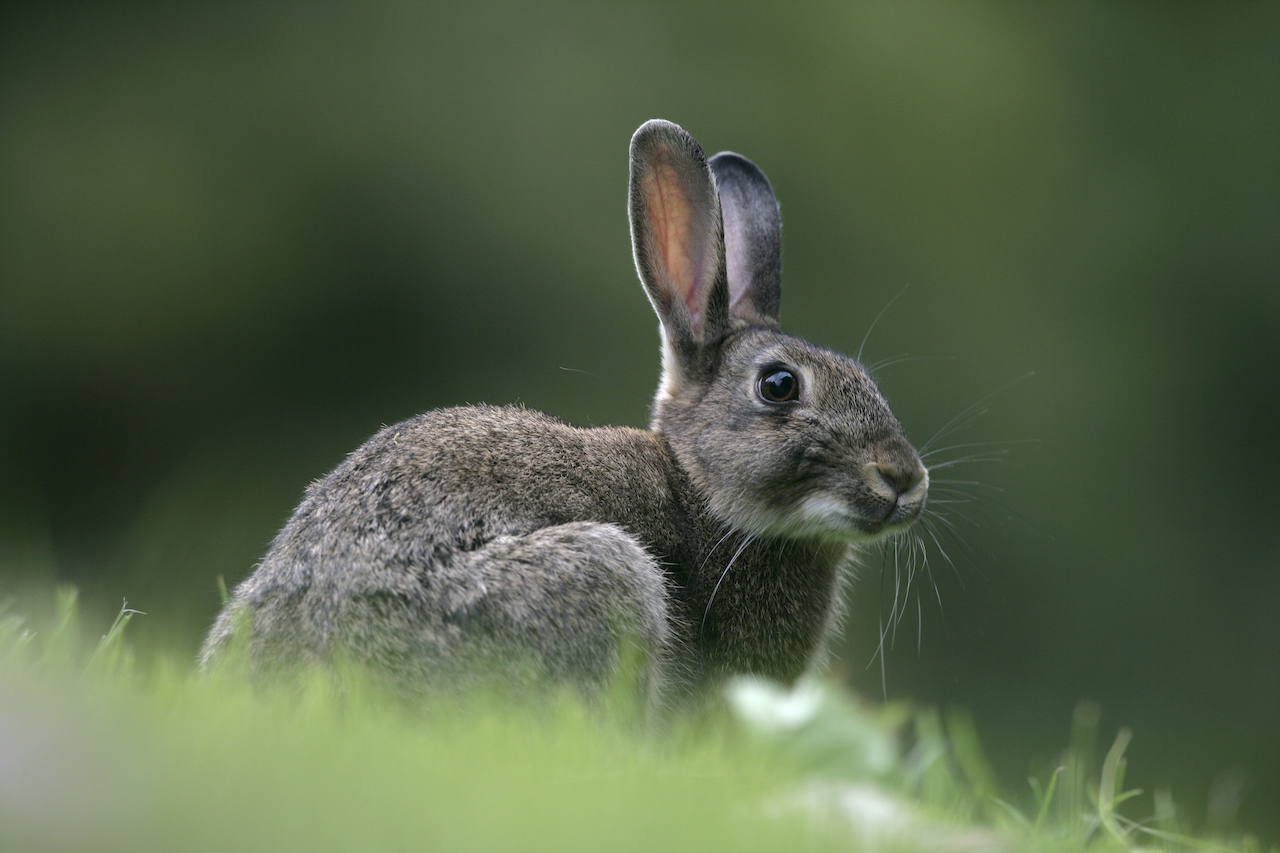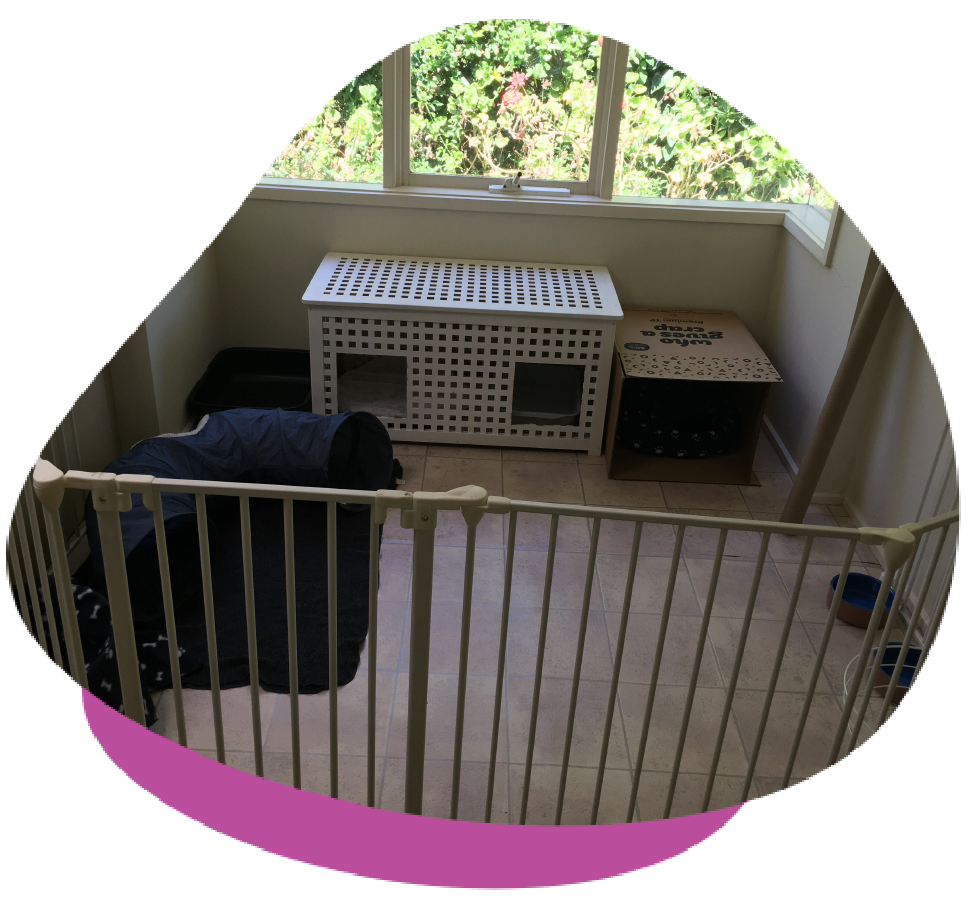If you are looking for a way to make your indoor bunny feel at home, then an indoor bunny set up is the perfect solution. This guide will provide you with all the information you need to create the perfect environment for your rabbit, from what type of supplies to buy to how to set up their living area. With a few simple steps, you can make sure your indoor bunny is safe, happy, and content in their new home.
Advantages of Indoor Bunny Set Up

- Safety: Keeping your bunny indoors ensures their safety from predators and other animals. It also protects them from extreme weather conditions and other outdoor hazards.
- Health Benefits: Keeping your bunny indoors gives them access to frequent medical check-ups and other preventative care. It is also easier to detect and treat any illnesses or injuries early.
- Companionship: Being around humans gives your bunny constant companionship, which helps to keep them mentally stimulated and secure. It also helps to ensure they receive enough attention.
- Ease of Cleaning: Keeping your bunny indoors allows you to easily manage their waste and clean their enclosure regularly. This helps to keep their environment hygienic and free from parasites and other pests.
Bunny Essentials

Housing
Rabbits need space to move around, stretch out, and explore. A cage should be large enough to allow your rabbit to stand up on their hind legs without their ears touching the top. A minimum size of 6 square feet is recommended. Additionally, provide a hiding spot for your rabbit to use as a safe space.
Bedding
Bedding should be safe, comfortable, and absorbent. Quality paper-based bedding is recommended, as it is a good absorbent, easy to clean and is non-toxic. Avoid cedar and pine shavings as they may cause respiratory irritation.
Food and Water
Fresh hay should be available to your rabbit at all times as it is an essential part of a healthy diet. Offer a variety of vegetables, herbs, and leafy greens to provide your rabbit with essential vitamins and minerals. Provide a water bottle and keep it filled with fresh, clean water.
Litter Box
Rabbits are clean animals and can be easily litter trained. Place a litter box with a few inches of low dust litter in a corner of the cage. Place hay in the litter box to encourage your rabbit to use it.
Toys
Toys provide your rabbit with physical and mental stimulation. Offer chew toys, tunnels, and balls to encourage exercise and curiosity. Rotate toys to keep your rabbit engaged and provide new challenges.
Creating a Suitable Environment

Temperature
Rabbits are sensitive to temperature changes and require an environment of between 45-75°F (7-24°C). If temperatures rise too high, the rabbit may suffer from heat stroke or other heat-related illnesses.
Humidity
Rabbits should be kept in a home with a relative humidity of between 40-50%. Higher levels of humidity can lead to respiratory problems, while lower levels can cause skin irritations.
Air Quality
Rabbits need fresh air and good ventilation. Keep the area free of smoke, dust, and other pollutants.
Lighting
Rabbits need access to natural light, but too much can cause stress. Use light-diffusing curtains and shades to limit direct sunlight.
Noise Level
Rabbits are particularly sensitive to loud noises. Keep the noise level low and avoid sudden loud noises. Be aware of the sounds of your home and avoid any that may disturb your rabbit.
Keeping Your Bunny Healthy
Grooming
Rabbits need regular grooming to stay healthy and looking their best. Brushing their fur helps remove dead hair, dirt, and dander. It also helps distribute natural oils on their fur and skin, keeping it shiny and healthy. Additionally, trimming their nails with a guillotine-type clipper helps keep them from getting too long and uncomfortable.
Exercise
Rabbits need regular exercise and playtime to stay healthy. Providing a large, spacious area for them to roam and explore will help keep them active and entertained. Additionally, adding toys like tunnels and cardboard boxes for them to play with will help provide mental stimulation as well.
Socialization
Rabbits are social creatures, so it’s important to ensure they have enough interaction with both humans and other rabbits. Spending time with them, petting them, and talking to them will help build a bond and make them feel more comfortable. Additionally, if you have multiple rabbits, allowing them to interact with each other will help keep them from becoming bored or lonely.
Veterinary Care
It’s important to keep your rabbit’s health in check with regular visits to the vet. An annual checkup will help ensure they are healthy and up-to-date on all their vaccinations. Additionally, regular teeth trims and nail trims can help keep them comfortable and healthy.
Frequently Asked Questions
What type of cage should I get for my rabbit?
- Size: The cage should be big enough for your rabbit to hop around comfortably and be able to stand on its hind legs without its ears touching the top of the cage.
- Materials: Most cages are made of metal or plastic. Metal cages are more durable and last longer, while plastic cages are easier to clean. Both are suitable for rabbits.
- Flooring: The floor of the cage should be solid, not wire. Wire floors are uncomfortable and can cause foot sores. Place a mat or rug in the cage for your rabbit to rest on.
- Accessories: The cage should include accessories such as a litter box, food and water dishes, and hiding places. These should be placed in the cage so your rabbit can access them easily.
- Cleaning: The cage should be easy to clean. Look for cages with removable parts, such as pull-out trays or removable floors, to make cleaning easier.
What Items Do I Need to Include in My Rabbit’s Cage?
Essential items for a rabbit’s cage include a litter box, hay rack, water bottle, food dish, hide box, toys, and chew sticks. The litter box should contain a non-clumping, dust-free litter, which should be changed weekly. A hay rack is necessary for providing hay, which should be available at all times. A water bottle should be hung on the outside of the cage, so that it is easy for the rabbit to access. A food dish should be filled with a high-quality pellet, which should be changed every day. A hide box is important for providing a safe and secure space for the rabbit. Toys should be provided for enrichment and mental stimulation. Finally, chew sticks should be included for the rabbit to gnaw on.
How Often Should I Clean My Rabbit’s Cage?
Cleaning your rabbit’s cage should be done every 1-2 weeks, depending on the size and type of cage. Remove all soiled bedding and droppings, and replace with fresh material. If the cage is made of metal, make sure to clean it with a mild soap and hot water. If the cage is made of plastic, it can be sprayed with a pet-safe cleaner. To keep your rabbit healthy and safe, it is important to keep their cage clean and free of any debris.
What Type of Food Should I Feed My Rabbit?
Rabbits require a high-fiber diet to keep their digestive systems healthy. Feed your rabbit a mix of hay, fresh vegetables and fruits, and a small amount of commercial pellets. Variety is key to ensure your rabbit is getting all the nutrients they need. Hay should make up the bulk of their diet, as it is high in fiber, and will help keep their teeth in good condition. Offer fresh vegetables and fruits in moderation, as they are high in sugar. Commercial pellets should be limited to no more than a handful per day, as they are low in fiber and high in calories.
How Much Exercise Does My Rabbit Need?
Rabbits require plenty of exercise to stay healthy and happy. Providing your rabbit with a large area to explore, such as a playroom or exercise pen, is essential. Rabbits also need plenty of toys to keep them entertained and mentally stimulated. Additionally, you should let your rabbit hop around and explore outside of their enclosure for hours a day. This will help ensure they get the exercise they need.
Conclusion
Creating the perfect home for your rabbit is not a difficult task. With the right supplies and plenty of love, you can provide your rabbit with a safe and comfortable place to live. By following the tips outlined in this article, you can be sure that your rabbit will have a happy and healthy home.
References
- Caring for a Pet Rabbit – The Humane Society of the United States
- Caring for Your Rabbit – The ASPCA
- Rabbit husbandry – Wikipedia
